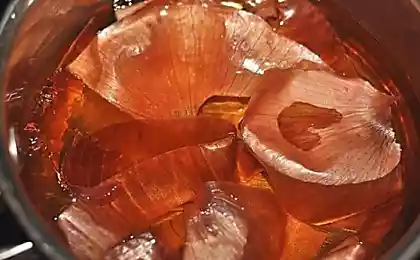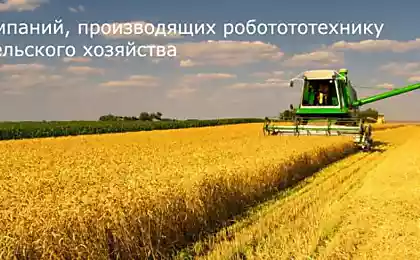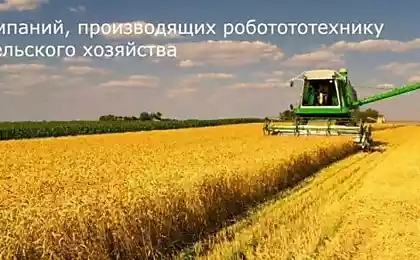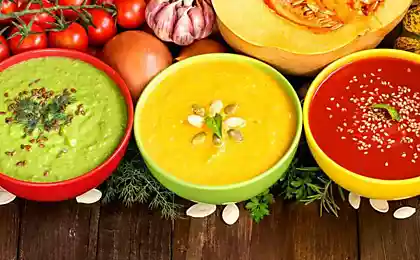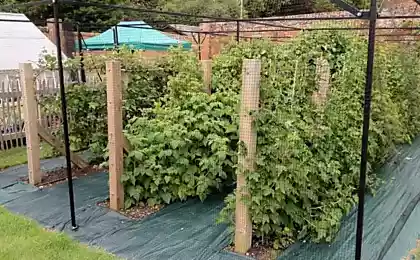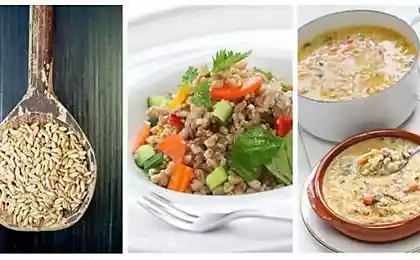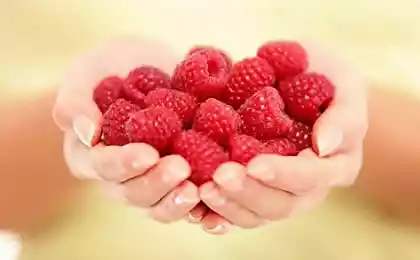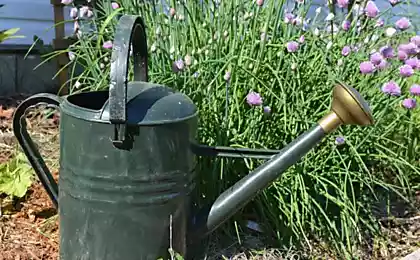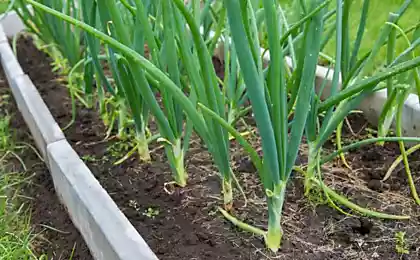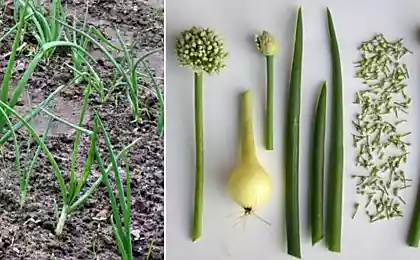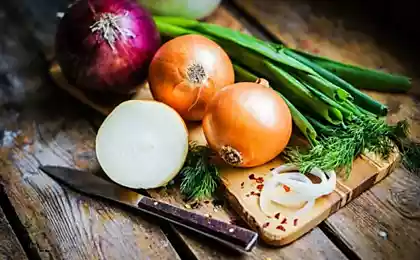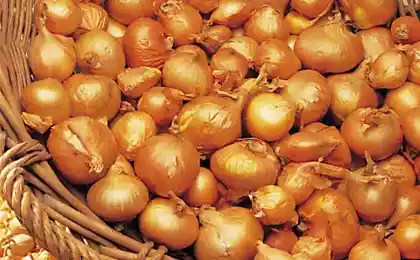510
Secrets onion harvest
That comes time to harvest onions. In the kitchen without him no — never too much onion, and stock in the winter you need a good. Only here not always it is possible: though there are no special difficulties in cultivation of this crop, but gardeners often complain of a poor crop. All bow to the arrow is gone, the pests ate it, it came out fine, not stored — rots and grows.
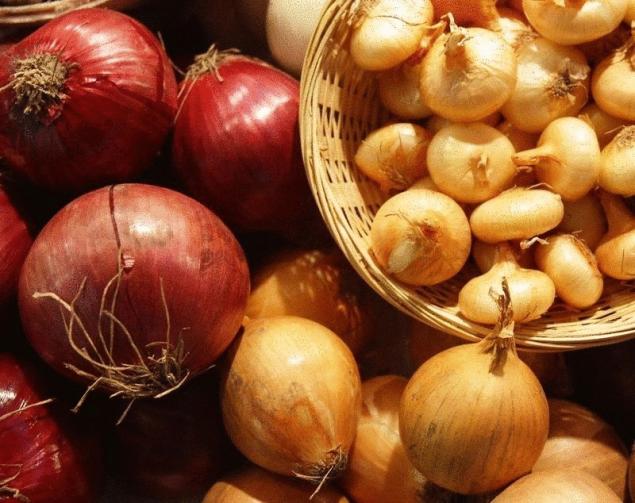
I myself went through failures, different methods tried, all sorts of advice on their beds checked — still found their secrets onion harvest. Even in the worst seasons for us until the next summer enough, well and good — and even friends, acquaintances onion braids bestow, because himself not so much to eat
I'm not going to claim that my secrets all fit — I'm also not all amiss that tried it. But tell — tell, to share, maybe someone will find helpful tips.
Secret 1: what to plant, when to plant for several years, planting only the smallest sets (so-called "ovseiko" — onions up to 1 cm in diameter) and only under the winter. Why? There are several reasons:
This picture was taken may 1 of this year. To the left of the garlic — onion bed with young seedlings. Usually at this time we have a bow not even put: traditional time of spring planting — on may 10-15.
Secret 2: the subtleties of care care for onions, I have not so much time and effort is spent. Identified the most important moments — they never miss, well, the rest is possible)) so... Loosening and weeding out the Most troublesome — the first weeding until the onion seedlings are still small, and the grass is growing actively. Then have one only loosening, but regularly. The quantity and frequency depends on the soil: the denser it is, the more you need to loosen the soil. After rain or watering — it is very desirable, and often this is enough. Irrigation to Water the onions I start when the earth from the spring moisture will dry out. Until mid-June watered regularly, then the weather and condition of the plants. Irrigation should stop when it begins to ripen the bulb, otherwise the excess moisture will cause the stored crop will be bad. It happens that to affect it in any way possible: this summer, for example, but the rains for a month... Well, that can be done on it and the zone of risky agriculture...
But if at the initial stage, when the leaves grow and the follicle is formed, moisture is not enough, then harvest and good looks — will grow the onions small, and taste is not particularly happy.
Thinning Because I prefer podzimny planting, planting sets are often not regret. Planting material trying to sort them by size, and the larger, planted at the edges of the beds, and the smallest — in the middle. With microscopic onions rarely get a large turnip, but the greens in the summer, too, need))
As soon as the onion grows, selectively remove weak and small plants. Once they are eaten, and the rest freed up more space for development. But never pluck a feather from the bow, intended for the turnip! Feeding Into this account each gardener has its own opinion, so use my experience or not — you decide. I bow before especially not fed. Planting in a prepared bed (or after a green manure, or after application of compost) in the spring make ash (even more for deoxidation of the soil and protection from pests than for feeding). That was it.
This year has experienced an organo-mineral fertilizer series Gumi-OMI. They are universal, and there are specialized for different types of crops. Under the bow was made just specialized for onions and garlic. Once (in may), and scattering, followed by irrigation and tilling the soil. Don't know what played a role — whether overall conditions are favorable, whether the dressing helped, but the onion has grown to be a lovely sight))
Secret 3: the nuances of the harvest to Grow good onions is half the battle; that he had long kept, it is very important to clean and properly dry. Cleaning I Have a bow of winter, so I cleaned it earlier this year cleaning service had to start in the first week of July. How to determine what time to come? If the pen were killed, the bulbs appeared covering scales, and it is easily removed from the beds, it was clean up time. If you overdo the bow, he again let the roots (especially if the weather is rainy). Such a crop will be stored bad.
The earth from the bulbs sometimes a shovel, sometimes not. If release from soil-ripening onion, it is easier to determine its readiness for harvest — and the rest is much of a difference I noticed.
Easier, of course, remove the whole onion in one go. But Mature at the same time he does not want. That's why I choose it gradually, in process of readiness. So to stretch the harvest may for a week and 10 days. It is clear that this option is available only if you are in the country quite often — if only on the weekends, it's always all at once, when most of the bulbs in the garden are ripe. Drying Ideal: onion harvesting in dry weather and 2-3 days of leave in the sun. It perfectly dries up, besides, the ultraviolet rays disinfect the bulbs, which is also good for storage.
If you permanently leave the harvest in the garden is not possible, try at least during the day, dry it on the street to pull out in the morning, spread out on the garden and not leave until the evening.
Then the whole crop is laid in rows in the attic. Dry for a long time. In this step, generally it is better not to hurry anywhere — better than the dried onion, the longer it will be stored. Readiness is determined by the condition of the neck: if it dried up completely, the bow can be removed for storage. Onions with a thick dry neck, very long, and sometimes never completely dry — then it is better to postpone and to use in the first place, because stored they will still be bad.
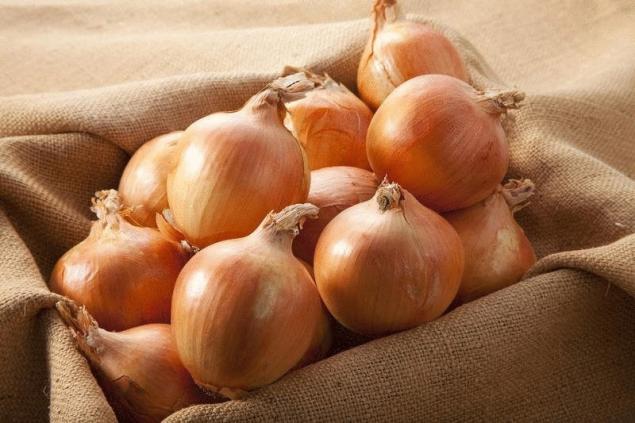
What to do next — a matter of taste. Someone cuts off dry pen, and keeps a bow in nets, stockings, or drawers. I prefer to braid braids — beautiful and convenient. If a bulb in the spit began to deteriorate or germinate, it is immediately obvious and remove it easily without having suffered the next. Well, small onion and one with the feather was broken, put in a vegetable grid and hung next to the braids.
That's all my secrets :) I would be glad if someone will prove useful, and grateful to all who share their experience, secrets and tricks of the onion harvest will also be useful for other gardeners, tell us about them!
Source: www.7dach.ru

I myself went through failures, different methods tried, all sorts of advice on their beds checked — still found their secrets onion harvest. Even in the worst seasons for us until the next summer enough, well and good — and even friends, acquaintances onion braids bestow, because himself not so much to eat
I'm not going to claim that my secrets all fit — I'm also not all amiss that tried it. But tell — tell, to share, maybe someone will find helpful tips.
Secret 1: what to plant, when to plant for several years, planting only the smallest sets (so-called "ovseiko" — onions up to 1 cm in diameter) and only under the winter. Why? There are several reasons:
- such a bow is not strelyatsya; when planted in the spring in large sets (ovseiko until spring to keep very, very difficult, so the choice no longer remains), sometimes more than half the beds in the arrow to the left — what really is the harvest...
- such a bow is less affected by onion fly — at the time of its departure, the plants already are gaining strength, the pest "can not handle";
- this bow kept pace early, and get it I usually have time to rains, cold morning rose and other "joys of nature", which crops protection impact;
- finally, the time of spring precious — saved: the neighbors in a hurry not to be late with planting, but I have already green onions in the garden.
This picture was taken may 1 of this year. To the left of the garlic — onion bed with young seedlings. Usually at this time we have a bow not even put: traditional time of spring planting — on may 10-15.
Secret 2: the subtleties of care care for onions, I have not so much time and effort is spent. Identified the most important moments — they never miss, well, the rest is possible)) so... Loosening and weeding out the Most troublesome — the first weeding until the onion seedlings are still small, and the grass is growing actively. Then have one only loosening, but regularly. The quantity and frequency depends on the soil: the denser it is, the more you need to loosen the soil. After rain or watering — it is very desirable, and often this is enough. Irrigation to Water the onions I start when the earth from the spring moisture will dry out. Until mid-June watered regularly, then the weather and condition of the plants. Irrigation should stop when it begins to ripen the bulb, otherwise the excess moisture will cause the stored crop will be bad. It happens that to affect it in any way possible: this summer, for example, but the rains for a month... Well, that can be done on it and the zone of risky agriculture...
But if at the initial stage, when the leaves grow and the follicle is formed, moisture is not enough, then harvest and good looks — will grow the onions small, and taste is not particularly happy.
Thinning Because I prefer podzimny planting, planting sets are often not regret. Planting material trying to sort them by size, and the larger, planted at the edges of the beds, and the smallest — in the middle. With microscopic onions rarely get a large turnip, but the greens in the summer, too, need))
As soon as the onion grows, selectively remove weak and small plants. Once they are eaten, and the rest freed up more space for development. But never pluck a feather from the bow, intended for the turnip! Feeding Into this account each gardener has its own opinion, so use my experience or not — you decide. I bow before especially not fed. Planting in a prepared bed (or after a green manure, or after application of compost) in the spring make ash (even more for deoxidation of the soil and protection from pests than for feeding). That was it.
This year has experienced an organo-mineral fertilizer series Gumi-OMI. They are universal, and there are specialized for different types of crops. Under the bow was made just specialized for onions and garlic. Once (in may), and scattering, followed by irrigation and tilling the soil. Don't know what played a role — whether overall conditions are favorable, whether the dressing helped, but the onion has grown to be a lovely sight))
Secret 3: the nuances of the harvest to Grow good onions is half the battle; that he had long kept, it is very important to clean and properly dry. Cleaning I Have a bow of winter, so I cleaned it earlier this year cleaning service had to start in the first week of July. How to determine what time to come? If the pen were killed, the bulbs appeared covering scales, and it is easily removed from the beds, it was clean up time. If you overdo the bow, he again let the roots (especially if the weather is rainy). Such a crop will be stored bad.
The earth from the bulbs sometimes a shovel, sometimes not. If release from soil-ripening onion, it is easier to determine its readiness for harvest — and the rest is much of a difference I noticed.
Easier, of course, remove the whole onion in one go. But Mature at the same time he does not want. That's why I choose it gradually, in process of readiness. So to stretch the harvest may for a week and 10 days. It is clear that this option is available only if you are in the country quite often — if only on the weekends, it's always all at once, when most of the bulbs in the garden are ripe. Drying Ideal: onion harvesting in dry weather and 2-3 days of leave in the sun. It perfectly dries up, besides, the ultraviolet rays disinfect the bulbs, which is also good for storage.
If you permanently leave the harvest in the garden is not possible, try at least during the day, dry it on the street to pull out in the morning, spread out on the garden and not leave until the evening.
Then the whole crop is laid in rows in the attic. Dry for a long time. In this step, generally it is better not to hurry anywhere — better than the dried onion, the longer it will be stored. Readiness is determined by the condition of the neck: if it dried up completely, the bow can be removed for storage. Onions with a thick dry neck, very long, and sometimes never completely dry — then it is better to postpone and to use in the first place, because stored they will still be bad.

What to do next — a matter of taste. Someone cuts off dry pen, and keeps a bow in nets, stockings, or drawers. I prefer to braid braids — beautiful and convenient. If a bulb in the spit began to deteriorate or germinate, it is immediately obvious and remove it easily without having suffered the next. Well, small onion and one with the feather was broken, put in a vegetable grid and hung next to the braids.
That's all my secrets :) I would be glad if someone will prove useful, and grateful to all who share their experience, secrets and tricks of the onion harvest will also be useful for other gardeners, tell us about them!
Source: www.7dach.ru

